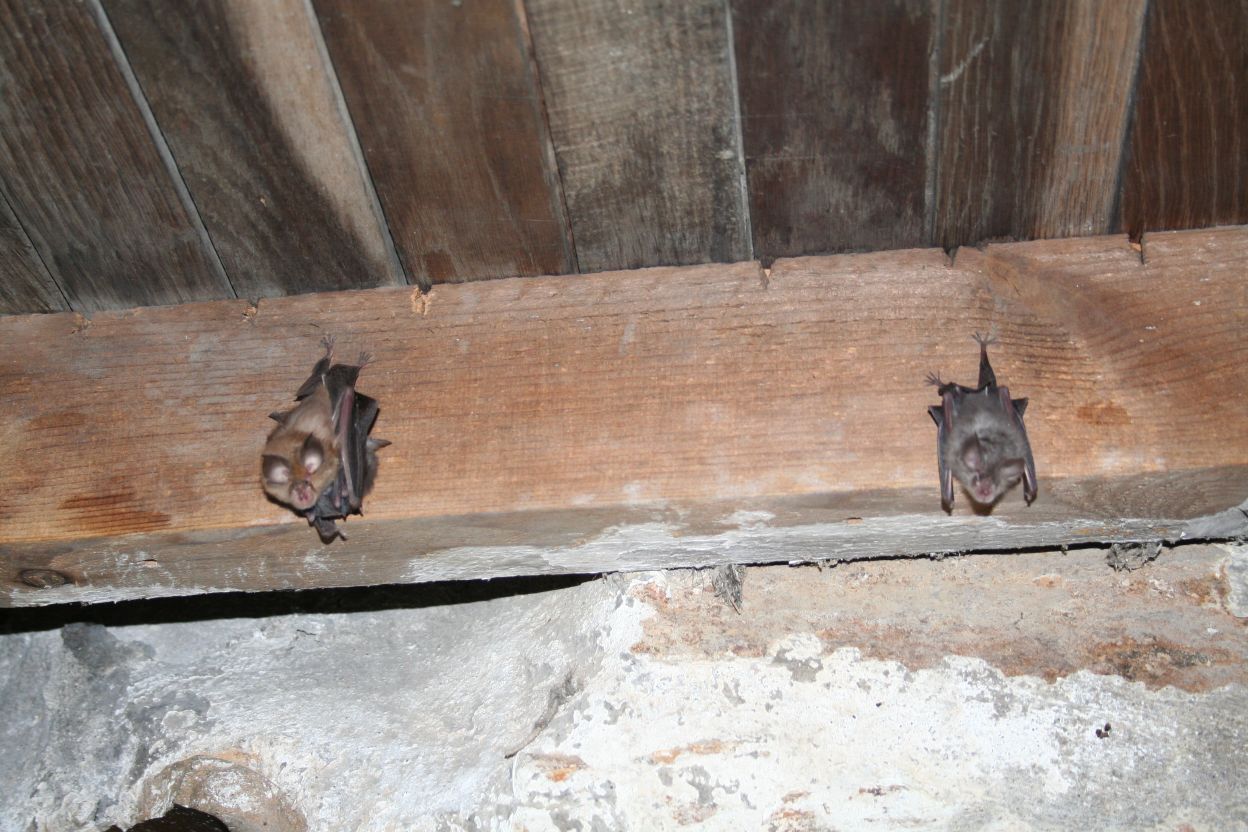Foraging behaviour
Lesser horseshoe bats forage in woodlands feeding mainly on diptera (flies and midges) (Knight 2006). They are very flexible in their foraging behaviour feeding by aerial hawking (catching insects on the wing), gleaning (picking insects from vegetation) and pouncing on prey close to the ground (Jones and Rayner 1989). They are very specialised with constant frequency echolocation calls at around 110 KHz allowing them to navigate and hunt in cluttered environments. They fly low to the ground often no more than 5 metres high (Russ 1999), and close to vegetation (Jones and Rayner 1989). Lesser horseshoe bats fly an average of 2km per night from roosts during the summer, with an average home range of 147-177ha (Knight 2006). They fly for just over 50% of the night, resting after each foraging bout in night roosts.

